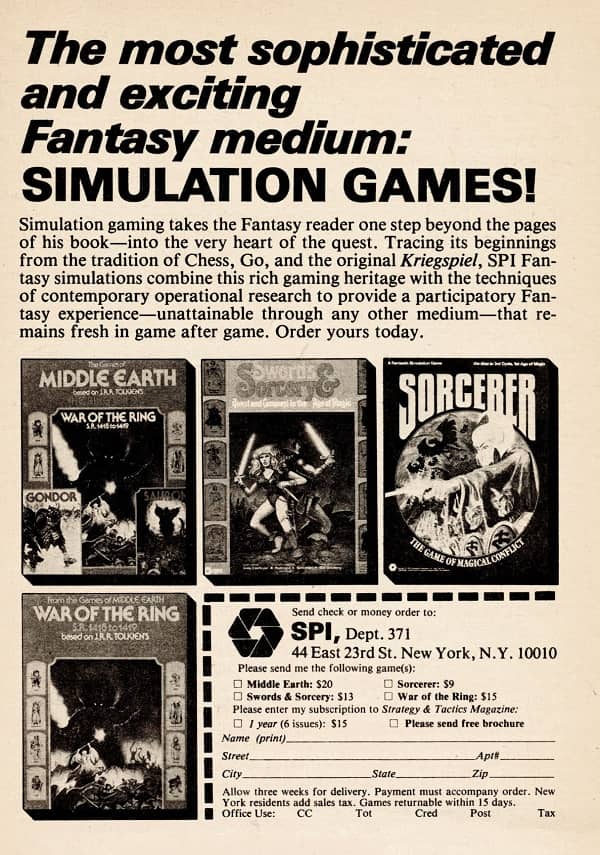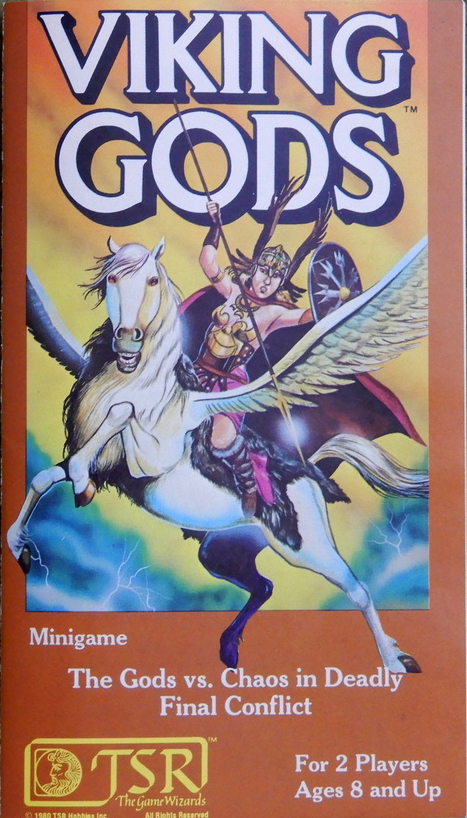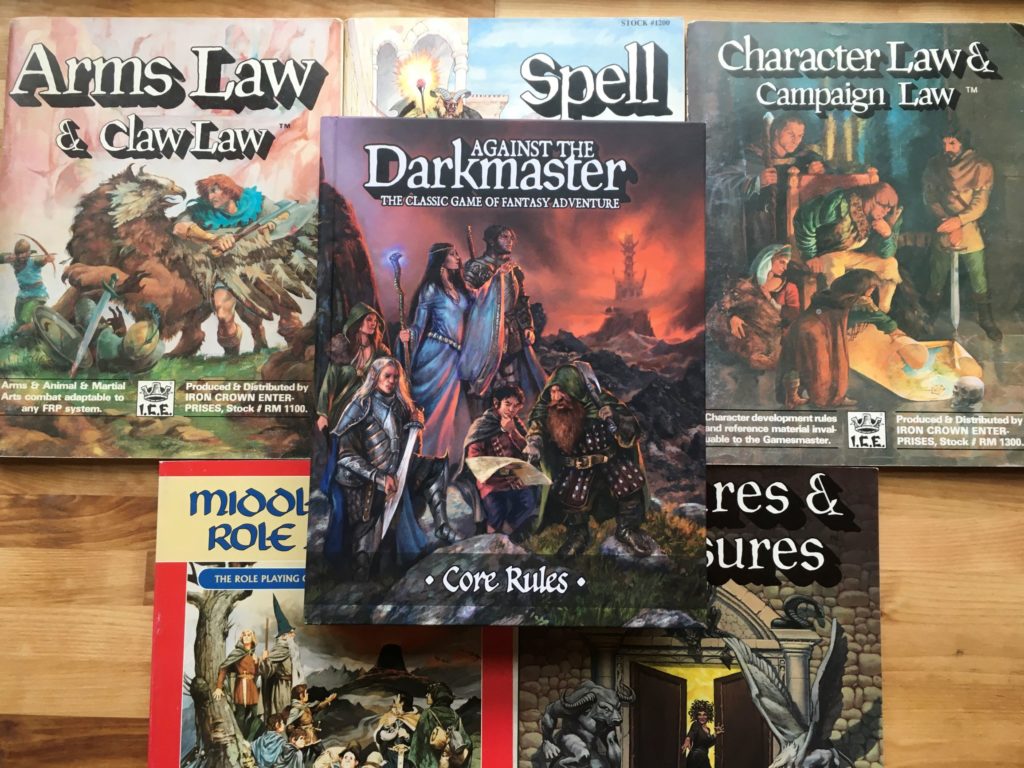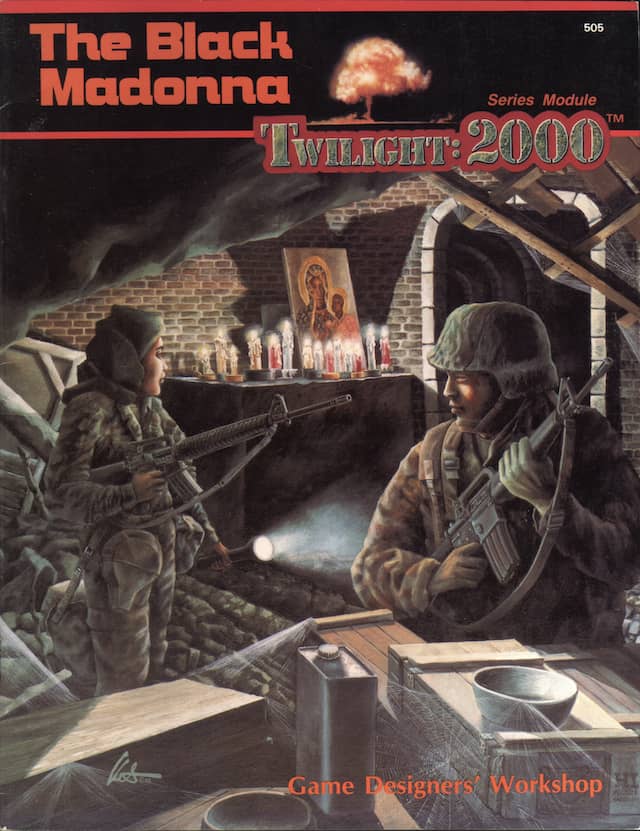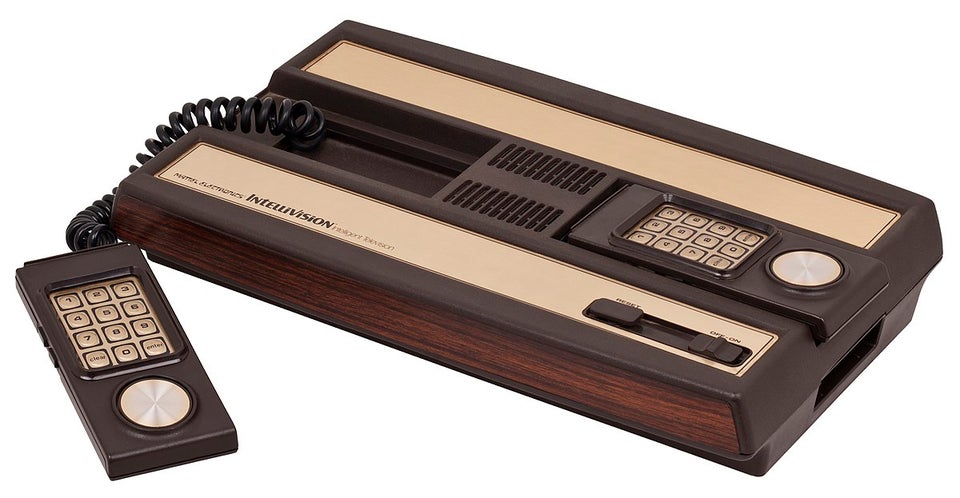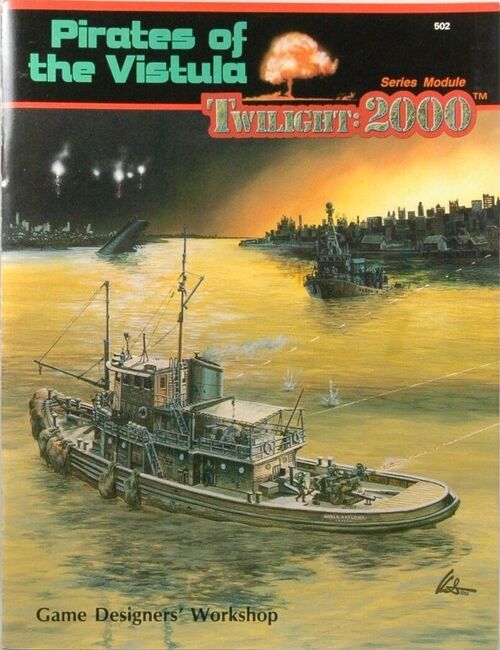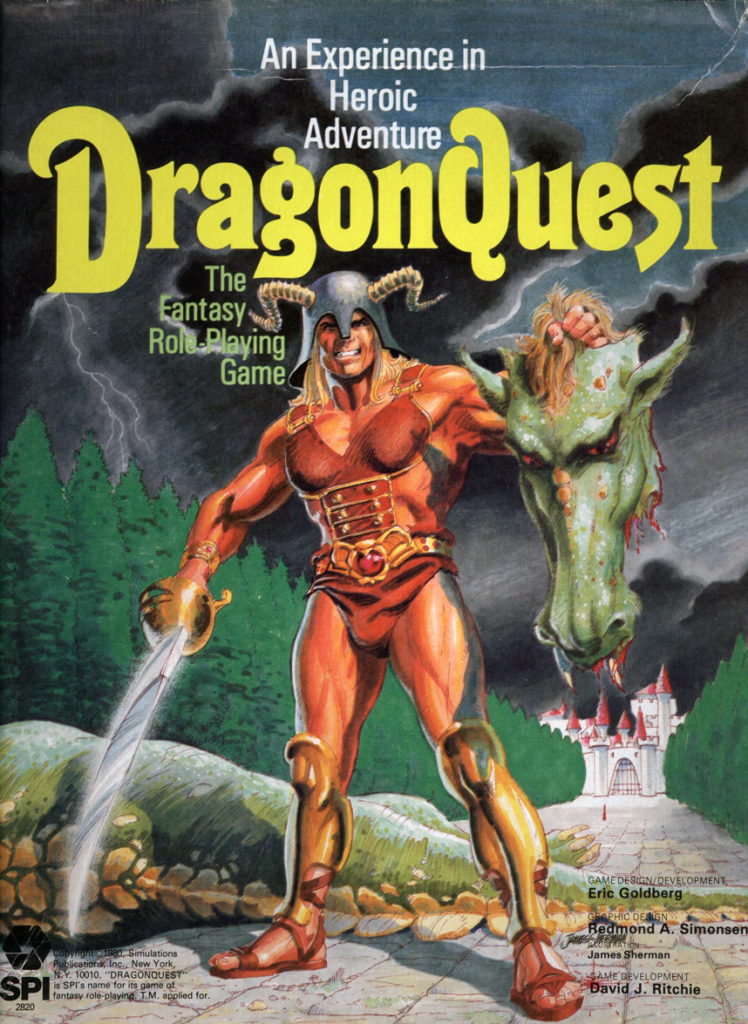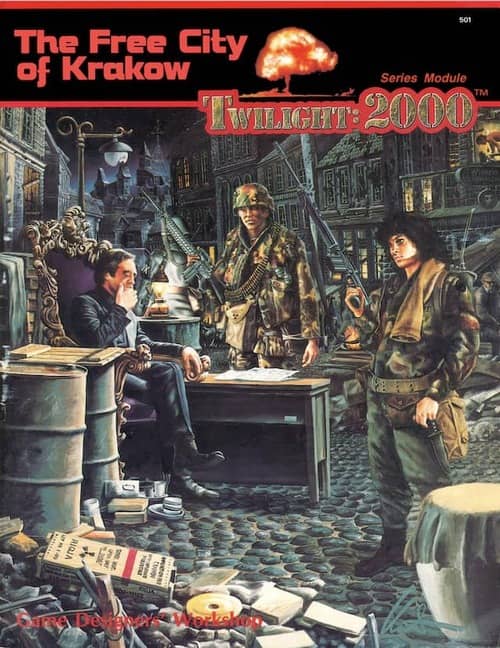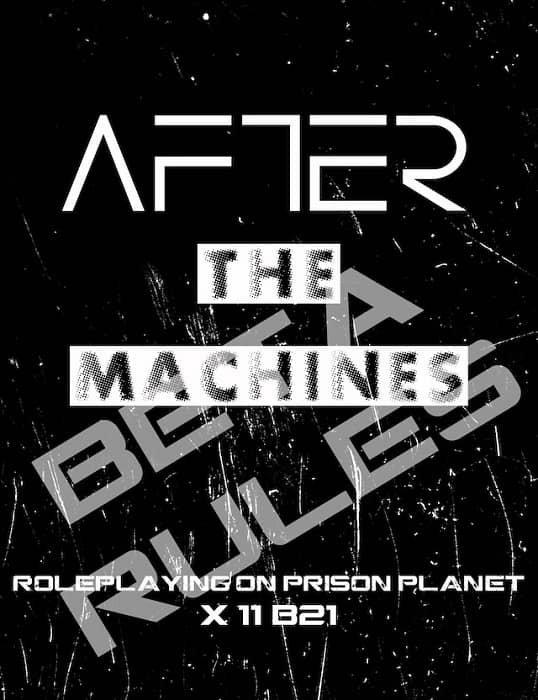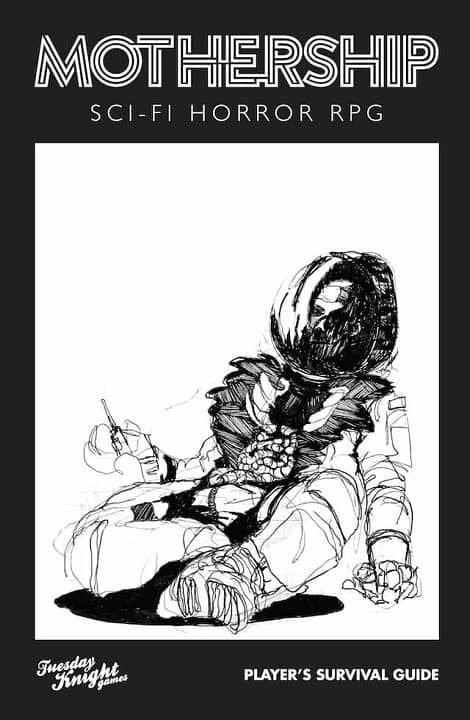Some of That Old School Gaming
SPI ad in The Magazine of Fantasy & Science Fiction, November 1978
I’ve been spending some time over the past few months getting my SF digests back in order. While those on the shelves were in order, I had bunches in boxes that needed to be incorporated, so it’s been a bit of work. But it’s been fun to look at them as I’m organizing them (which of course just slows that process down!)
I’d remembered that the first SF digest I subscribed to was The Magazine of Fantasy and Science Fiction, but had forgotten that the first issue of my subscription was December 1976. My copy still has that helpful mailing labeled plastered over it. But on that copy at least, from the perspective of 45 years later, I don’t mind it being on there at all.
I’ve had great fun looking again at the various SF and fantasy gaming ads that were running in digests during that period. I think that the first game I ever ordered was TSR’s Lankhmar in early 1977 (being a Fafhrd and the Gray Mouser fan, I couldn’t resist!), while I was in eighth grade, followed later that summer by SPI’s Sorcerer and Metagaming’s Ogre. Once I’d ordered a few things, my name found its way on to many mailing lists, so I wasn’t limited anymore to what I saw advertised in the digests.
